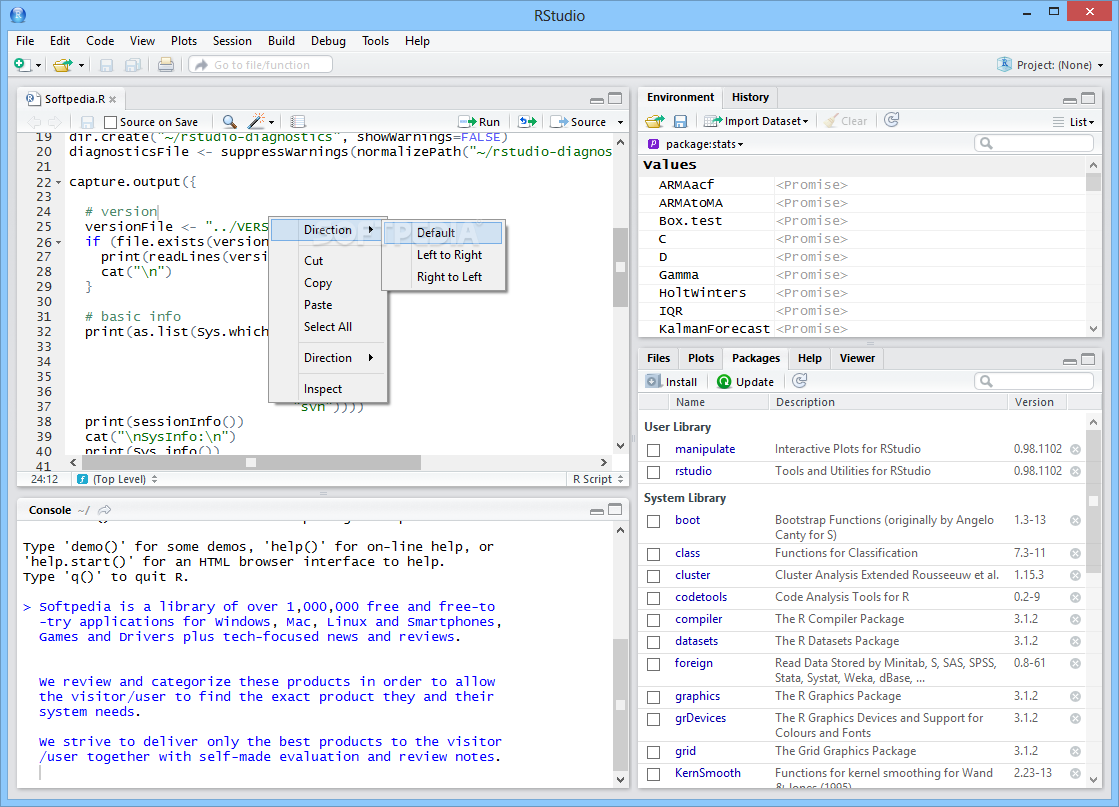

Note we can now leave out conf.level as we are trying to obtain a p-value, not a CI. alternative, which can be either ‘two.sided’ (the default if you leave this input out), ‘greater’ (one-sided test with \(>\)), or ‘less’ (one-sided test with \(p, the null hypothesis proportion (here 0.5).To carry out the test with prop.test, we need to specify just two more input arguments: \ \ The sample data indicate: tally(~HighDensity, data=elephants) # HighDensity

Imagine Tanzania set a goal to keep elephant density low at at least half of sites is this goal being met?Let \(p\) be the proportion sites with HighDensity TRUE in Tanzania we want to test: Some elephant management plans have set a goal to keep elephant density low (less than 1 animal per \(km^2\)) to prevent vegetation damage and habitat change. To carry out a test instead of computing a CI, we just have to specify our hypotheses. We are 99% confident that the true proportion elephant survey sites that are protected is between 0.378 and 0.767. # alternative hypothesis: true p is not equal to 0.5 # 1-sample proportions test with continuity correction This input is optional if you leave it out, it will default to 0.95.įor example, prop.test(x=24, n=41, conf.level=0.99) # conf.level, the desired confidence level as a proportion (so for 95% confidence, we would use conf.level=0.95).Here we consider a “success” a site that is protected, so there are 24 such sites We need to provide 2 or 3 inputs to prop.test() to obtain a CI: What if we want to use prop.test() to find a confidence interval for the proportion elephant survey sites that are protected, using the summary information we just computed? tally(~Protected, data=elephants) # Protected


 0 kommentar(er)
0 kommentar(er)
